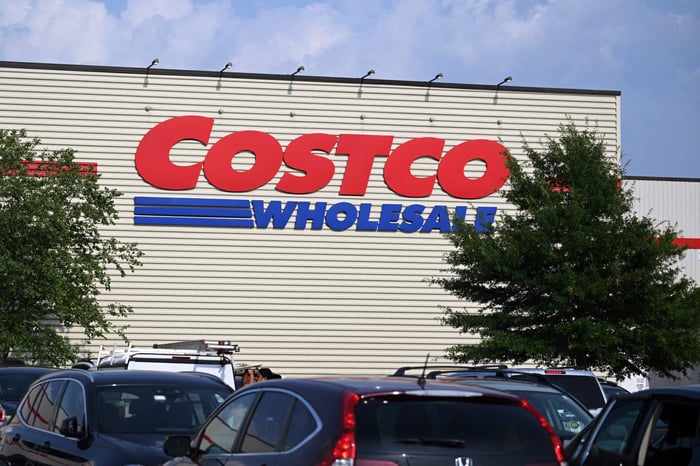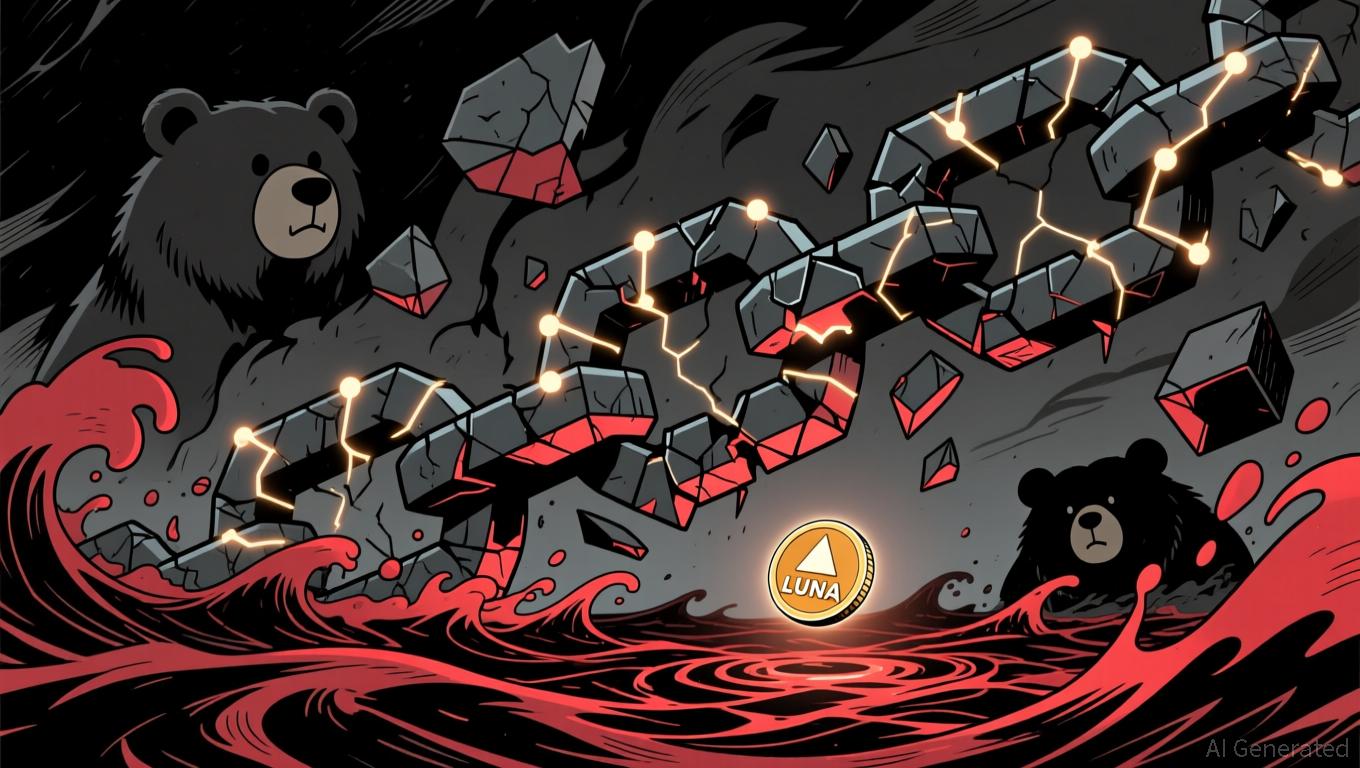Over the past three years, advancements in artificial intelligence (AI) have drawn significant interest from both Wall Street and investors. According to PwC’s Sizing the Prize report, AI could have a worldwide economic impact of $15.7 trillion by the end of this decade. Such staggering figures are certain to catch the eye of investors.
Yet, even this lofty projection from PwC falls short compared to the global retail sector’s potential by 2035. Market Business Insights anticipates the retail industry will expand at a compound annual growth rate of 4.44% through 2035, putting its total addressable market at $52.7 trillion within the next decade.
While the retail sector is known for its slim profit margins and fierce competition, a select few companies manage to distinguish themselves and become market leaders. Notable examples include Amazon, Walmart, and Costco Wholesale ( COST -1.34%).

Image source: Costco Wholesale.
Although these retail giants each have distinct competitive strengths, their business strategies are far from unchanging. Adapting to evolving consumer demands is essential in retail—and perhaps no company exemplifies this adaptability better than Costco.
Costco’s value-driven strategy has attracted loyal customers
In the corporate world, size isn’t always the most important factor. However, for retailers, scale often provides a significant advantage. Costco has leveraged its vast resources to negotiate deals that consistently draw members to its warehouses.
By purchasing goods in large quantities, Costco is able to reduce the cost per item, enabling it to offer prices lower than both local retailers and national grocery chains. Even though the profit margins on essential products like produce and toiletries are minimal, Costco’s leadership recognizes that these necessities are what consistently bring shoppers through their doors.
This commitment to value is also evident in Costco’s food court. The company’s iconic hot dog combo has remained at $1.50 for over forty years, thanks to its devoted following. In 2009, Costco switched to its own Kirkland Signature brand for hot dogs to keep expenses low and maintain customer satisfaction.
However, Costco’s greatest advantage lies in its membership-based business model. Depending on the membership level, customers pay either $65 or $130 annually for access to its warehouses. This generates high-margin revenue that directly benefits Costco’s bottom line and provides a financial cushion when the company offers lower prices than competitors.
When shoppers are paying $65 or $130 each year to shop at Costco, it’s likely they’ll make most of their significant purchases there to maximize the value of their membership.
Nevertheless, throughout its more than forty-year history, Costco Wholesale has frequently introduced changes—and not all of them have been popular with its members.

Image source: Getty Images.
A divisive new policy has sparked backlash among members but pleased management
In the past year, Costco has rolled out several notable updates. The company raised annual membership fees for Gold Star/Business and Executive members from $60 to $65 and from $120 to $130, respectively, and began requiring members to scan their card or a QR code upon entry. Since this was the first fee hike in seven years, most cardholders accepted the change without much protest.
However, adjustments to Costco’s store hours, which now give Executive members special privileges, have stirred considerable discontent.
In June, Costco revealed it would offer exclusive early shopping hours for Executive members every day of the week. From Monday to Friday and on Sundays, these members can shop from 9 a.m. to 10 a.m., while on Saturdays, they have a 30-minute window from 9 a.m. to 9:30 a.m.
Although Costco does not provide a breakdown of Gold Star/Business versus Executive memberships in the U.S., it does share global figures. As of the end of its fiscal year (August 31, 2025), the company had 81 million paid members worldwide, with 38.7 million holding Executive cards. This means that tens of millions of Gold Star members are excluded from shopping during these exclusive hours in U.S. stores.
Additionally, Costco introduced a $10 monthly credit for qualifying Instacart orders of $150 or more for Executive members. This benefit is on top of the 2% annual cashback (up to $1,250) they can earn on purchases.
While some Gold Star/Business members are dissatisfied with these new perks—especially the exclusive shopping hours for Executive members—Costco’s leadership and Wall Street are quite pleased.
During the company’s fiscal fourth-quarter earnings call, CEO Ron Vachris addressed the controversial policy and the decision to extend Saturday evening hours for all U.S. members:
To enhance value and convenience for our members, on June 30, we began offering exclusive morning hours for Executive Members and added an extra hour on Saturday evenings for all members in our U.S. warehouses. Since these changes, we estimate that weekly U.S. sales have increased by about 1%.
Although a 1% sales increase may seem modest, it translates to nearly $3 billion in additional annual revenue for Costco—a substantial sum.
Moreover, even though Executive members make up only 47.8% of the global membership base, they contributed 74.2% of net sales during the fiscal fourth quarter. Clearly, it is in Costco’s best interest to keep its top-tier members satisfied, even if new policies frustrate entry-level members.
With management already observing an uptick in membership upgrades just over a month after implementing the special shopping hours, it’s clear that this contentious policy is likely to remain in place.


